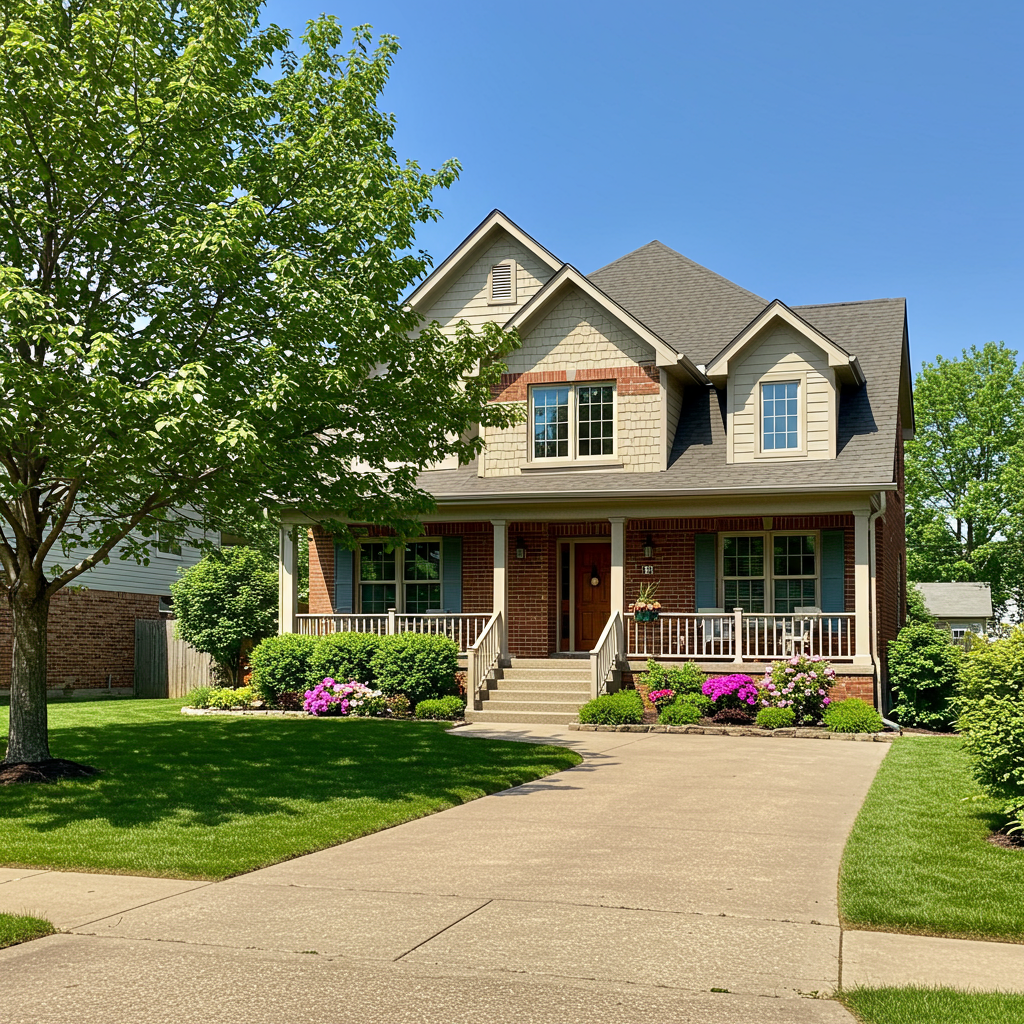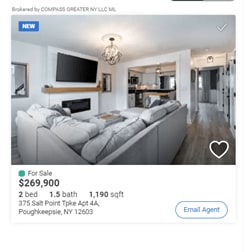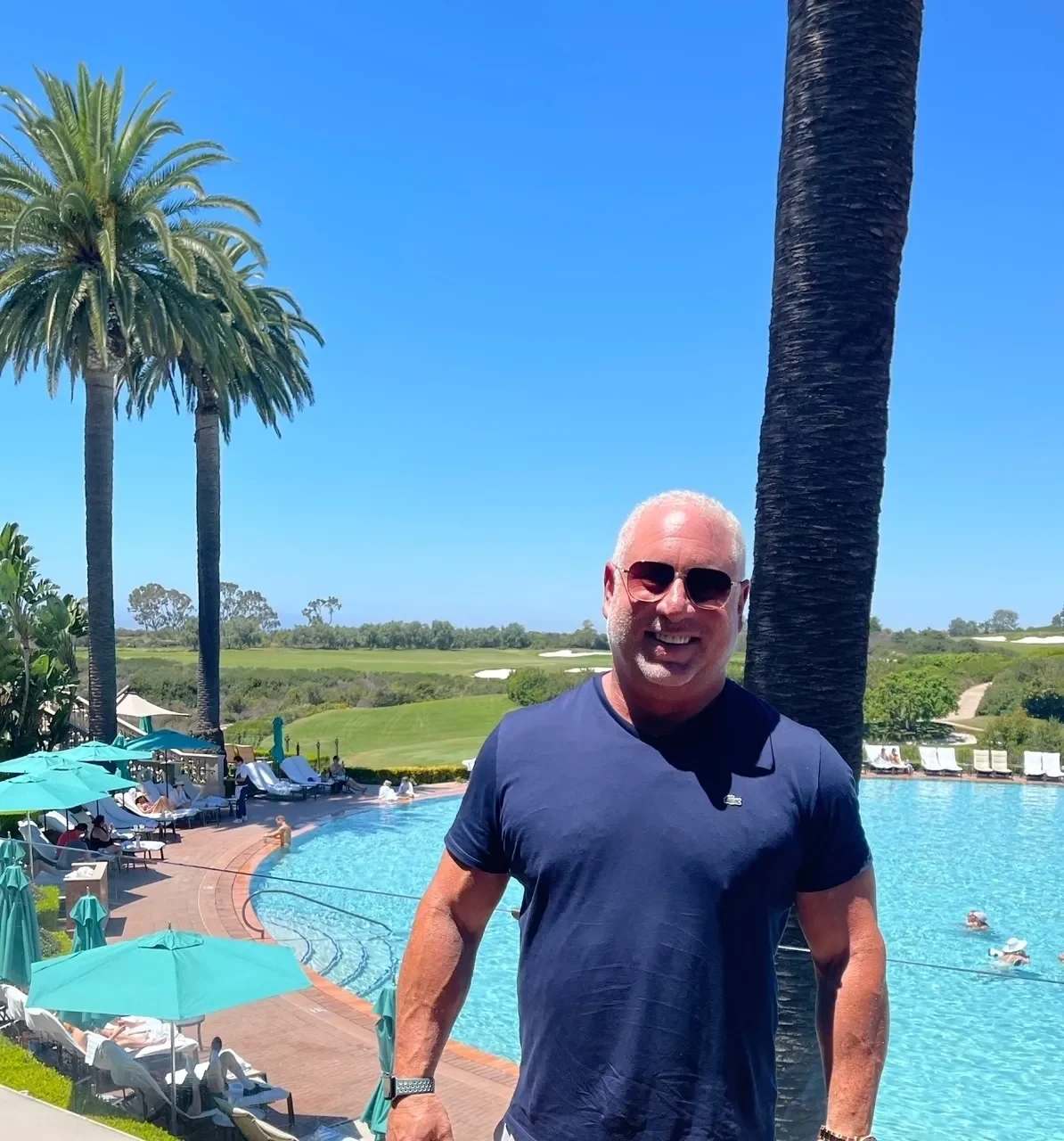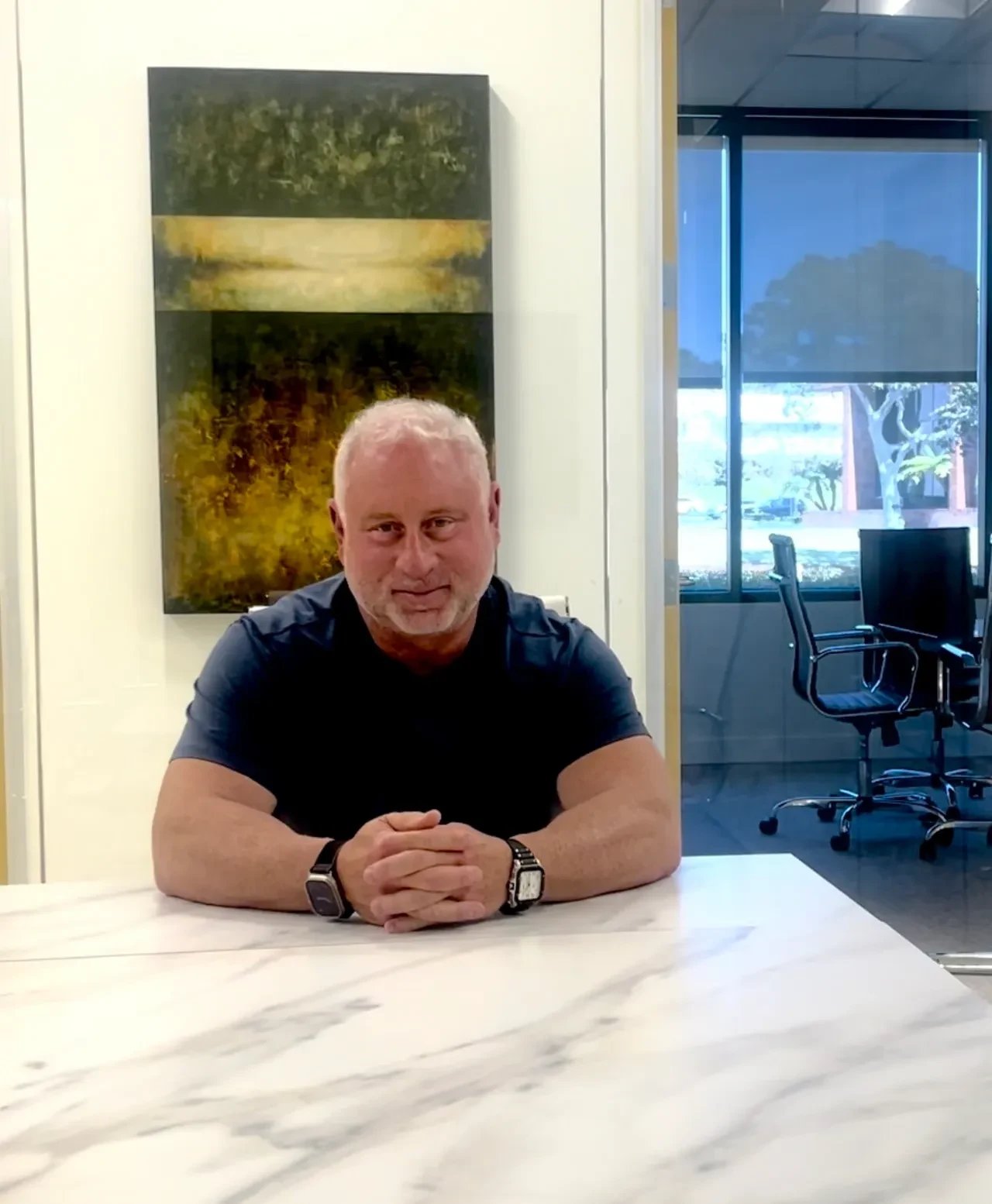Hello and thanks for checking in. As I write, the stock markets are pretty steady and will likely only show more optimism (if that’s possible) if and when infrastructure legislation passes and the pending federal budget goes through in some form. I won’t get into the pandemic, vaccines and Covid variants in this post, either: There’s plenty of that in the news now and not much that’s leaving me feeling great.
Given this, let’s take a look at residential real estate, a topic that I always enjoy (and I hope you do, too).
Residential real estate
There’s still some buzz (and concern) around institutional investors and the impact on residential real estate prices. As explained via
Institutional Investor:
“Real estate is a major allocation target of pensions, endowments, insurance companies, and other institutional investors. The majority of these holdings are in private real estate funds that invest in long-planned projects and lock up investors’ money for a certain amount of time. Real Estate Investment Trusts, which are publicly traded and can be bought or sold at any time, represent a growing, but still small percentage of assets. The two are generally invested in different sectors of real estate.”
Real estate is historically an excellent hedge against inflation and investors at this level are neither thrown by sales prices going 20-25% above asking prices nor short on cash. For example,
this article indicates that JLL Income Property Trust just invested $560 million in San Francisco-area single-family rental homes. There’s little doubt that transactions like this can have ramifications on both homebuyers and renters.
But what about average buyers who just want and need homes?
If you’re considering whether to buy, this week’s
National Association of Realtors® (NAR) update, released on August 12, will come as something of an expected-but-still-painful gut-punch. Headlined, “94% of Metro Areas Saw Double-Digit Price Growth in Second Quarter of 2021,” the release reports that Q2 2021 median home-sale prices hit another record high, at nearly $358,000.
As NAR’s chief economist, Lawrence Yun, points out, “Housing affordability for first-time buyers is weakening.” This is astounding — but further investigation may offer a kernel of solace to those who are currently in the market (or considering it).
In this article, the
Wall Street Journal reports, “…the homebuying frenzy has shown signs of a slowdown in recent months. High prices have
attracted more sellers to the market and pushed some buyers to the sidelines.”
And Yun is quoted from the NAR release as saying, “The housing market looks to move from ‘super-hot’ to ‘warm,’ with markedly slower price gains.”
Okay, so maybe as a current/potential buyer, this isn’t making you feel a whole lot better. But the article goes on to quote Mark Pruner of Berkshire Hathaway HomeServices New England Properties — a brokerage that serves a largely luxury-market clientele:
“Much of the rise in sales we’re seeing this year are at the higher price levels, and they’re also not using a mortgage,” Mr. Pruner said. “Mostly where we’re seeing the big jump up is the cash buyers.”
And here’s why this last point is important for “average” buyers — people who aren’t in luxury markets and even in primary markets but who are simply trying to buy a house in Peoria or a condo in Poughkeepsie: Much of the overheating in the luxury and primary markets drives the overall median price — but in reality, if you’re looking outside of these niches, you may be in a better position to buy than you think.
Like everything else, home prices are relative
To expand on the Peoria/Poughkeepsie example, as of July 2021, the median listing price in Peoria, IL, was just
about $125,000, according to Realtor.com. With 20% down and current interest rates, the principal and interest on a 30-year mortgage would be about $637 — well within a range that most homeowners (and renters who would like to buy) could manage.


If you’re already in a secondary or tertiary market (the cities and towns that don’t tend to make the real estate news), then a home may be more financially achievable than you think. And if you’re in a primary or luxury market, consider your options: The truth is, not everyone can afford to live in New York City or Newport Beach and if you have the interest and opportunity, you can move somewhere that’s more affordable. (Having said that, we absolutely still need to create more affordable housing in higher-cost areas, because it’s neither feasible nor fair to expect lower-income residents to simply pick up and leave when they tend to have the fewest options.)
The point is this: The media frenzy around skyrocketing prices and the competitive situations that many buyers face tends to mask some of the realities, one of which is that there are still affordable homes out there, albeit maybe a bit further than just an extra subway stop or highway exit. And now that millions of people are able to work remotely (or leave jobs that insist otherwise), the options are more plentiful than ever (and turning the decades-old notion that people follow jobs on its proverbial ear).
This movement back and forth across our country is how primary, secondary and tertiary markets grow and decline and grow again and it’s the essence of residential real estate. (Luxury markets — places like coastal enclaves on the Pacific Ocean, the Atlantic Ocean and the Gulf of Mexico, Rocky Mountain villages or Grand Teton resorts — are niche and have
intrinsic characteristics that make their locations highly desirable and inherently limited in terms of access and development.)
Read the tape and look for opportunities: There are many affordable areas that may be well-positioned in the years and decades to come, so think about what could make them more desirable and whether that’s on the horizon. Take Florida, for example. Would it have boomed as a year-round locale if air conditioning hadn’t turned the Swamp State into the much more hospitable Sunshine State?
Likely not, experts say:
“Florida as we know it would not exist without air conditioning. We’d probably still be a state of 4 or 5 million instead of 19 million,” said Raymond Ostby Arsenault, a history professor at the University of South Florida St. Petersburg who has written about the effect of air conditioning in Florida.”
I’ve been in southern California for a couple of decades. I love it here and can’t imagine living anywhere else, but I recognize that along with hard work, I’ve also had the tremendous good fortune that has made it possible for me and my wife to live and invest and grow here. I also recognize that the dream is getting harder for many people to achieve, so they’re packing up and heading to Indiana and Idaho (despite my protests).
And now those places are seeing their primary real estate markets surge, too. Again, this is the nature of real estate: It’s cyclical, it’s seasonal, it’s opportunistic and it’s all relative.
So, maybe Peoria is calling.









